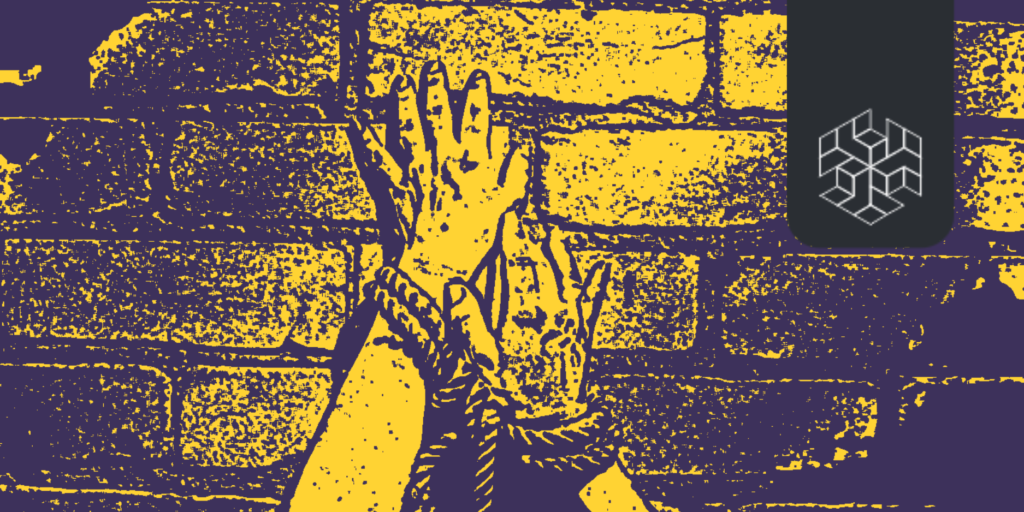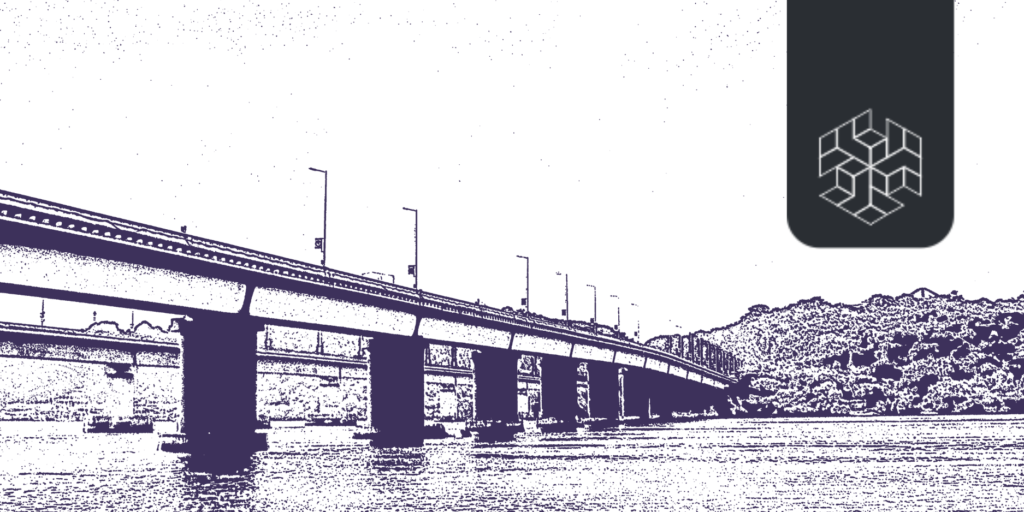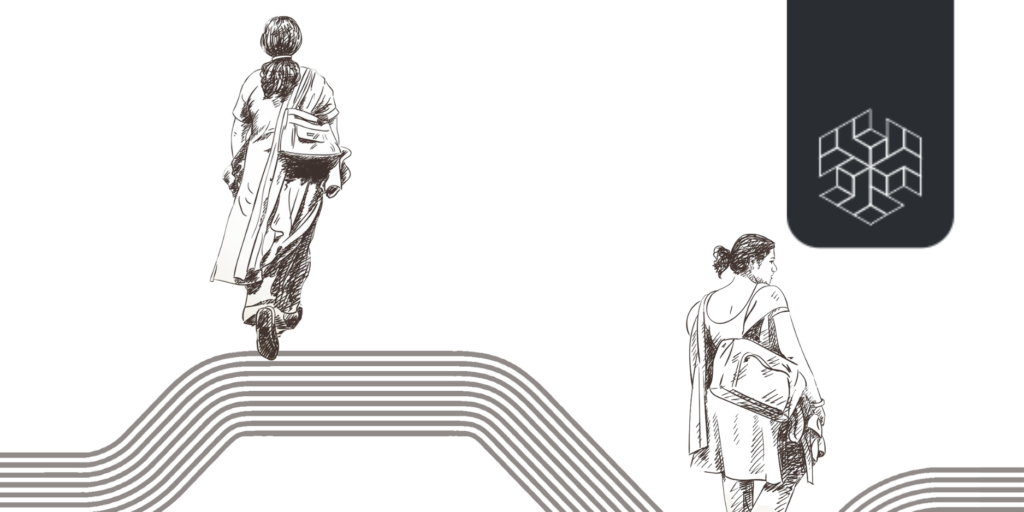Authored by: Sitara Srinivas
ABSTRACT
For centuries, Indian and Sri Lankan fishermen have fished in the waters of the Palk Bay – a waterway that connects both countries. However, this space has become a subject of contention due to multiple factors, including territorial issues over the island of Kachchatheevu, the intrusion of Indian fishermen into Sri Lankan waters and trawling. This paper attempts to engage with the traditional ideas of ownership over the Palk Bay, and the modern international treaties that govern nation-states, in the context of the country’s economic dependence on seafood and the environmental implications of trawling.
CONTEXTUALISING THE DISPUTE
Fishing contributes to 1% of India’s overall Gross Domestic Product (GDP) and 5% to India’s agricultural GDP (Press Information Bureau 2019). Around 20% of all marine fisherfolk are from Tamil Nadu; that is a total fisherfolk population of 8,12,912 (Central Marine Fisheries Research Institute 2010).
The Palk Bay is home to 580 species of fish, 302 species of marine algae, 11 seagrass species, 5 marine turtle species as well as several species of mangroves (Salagramma 2014:7; Purohit 2017). This 15,000 square kilometre waterway that connects India and Sri Lanka has been an essential source of livelihood for fishing communities on both sides. Historically, it has allowed for the movement of ideas, goods, and people – ferrying Indian Tamil migrants to work on Ceylon tea estates, as well as Sri Lankan Tamil refugees to India at the height of the Civil War. Presently, however, it is home to a broader dispute between the two nations, emerging from the frequent encroaching of Indian trawlers into Sri Lankan waters and the island of Kachchatheevu, as well as the environmental implications of trawling on the Palk Bay’s biodiversity.
Subsequently, the Palk Bay dispute is representative of larger issues resulting from overfishing the world over.
Indian fishermen encroach into Sri Lankan waters for several reasons; including overfishing on the Indian side, the large number of Indian fishermen, as well as the fact that, during the Civil War, Indian fishermen faced little competition to fish in Palk Bay waters. Furthermore, the international boundary line is 11.5 nautical miles from Rameswaram, India and 34.4 nautical miles from Jaffna, Sri Lanka, highlighting the critical aspect of geographical proximity of the two countries (Mayilvaganan 2014).
Kachchatheevu is a tiny island, used traditionally by fishermen to dry and clean their nets and fish catch. The church of St. Anthony, which is host to an annual festival at the end of March, is also located on the Island, and is frequented by pilgrims from both countries. Historically, the island was a part of the zamindari of the Raja of Ramnad, and considered a disputed territory until the 1974 Agreement.
The 1974 Maritime Boundary Agreement ceded the island of Kachchatheevu to Sri Lanka and also agreed to the current formulation of boundaries in the historic waters of the Palk Strait. It, subsequently, also allowed Indian fishermen to continue their traditional rights over fishing in and around Kachchatheevu, which were later taken away with the 1976 Maritime Boundary Agreements. Fishermen have consistently claimed that they were excluded in the consulting process of these agreements. Various politicians in Tamil Nadu, most notably former Chief Minister Jayaram Jayalalitha, have filed petitions against these agreements, and local politicians demand the abrogation of the Boundary Line Agreement to encourage Indian fishermen to fish in Sri Lankan waters.



